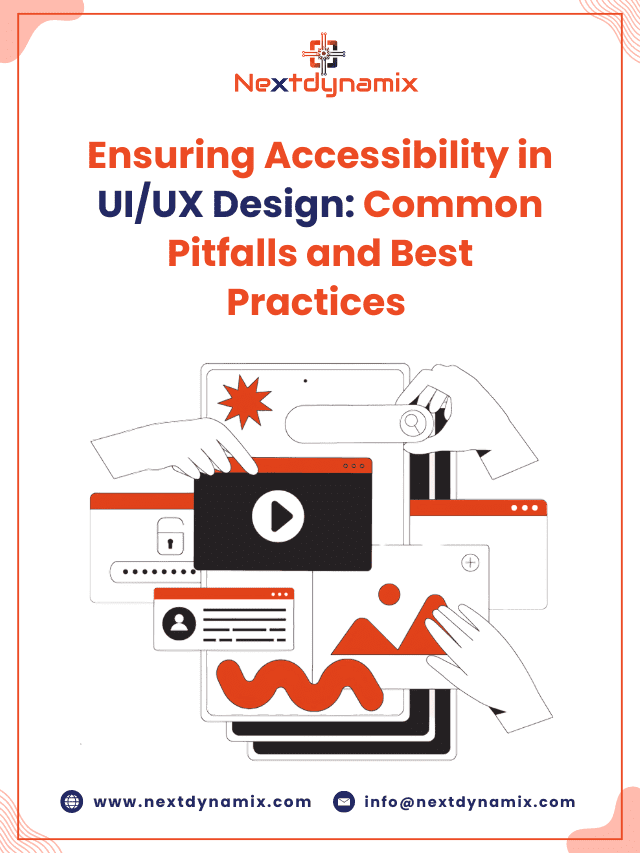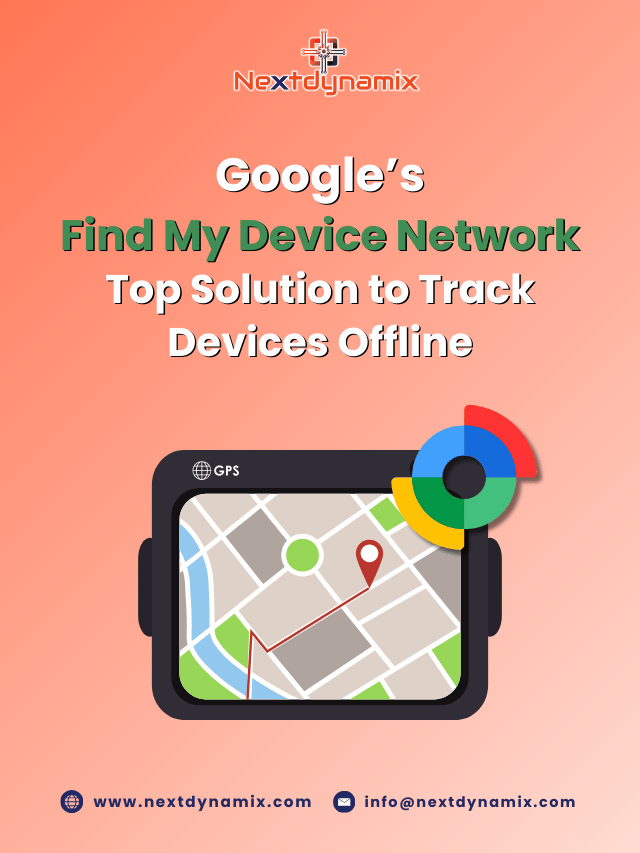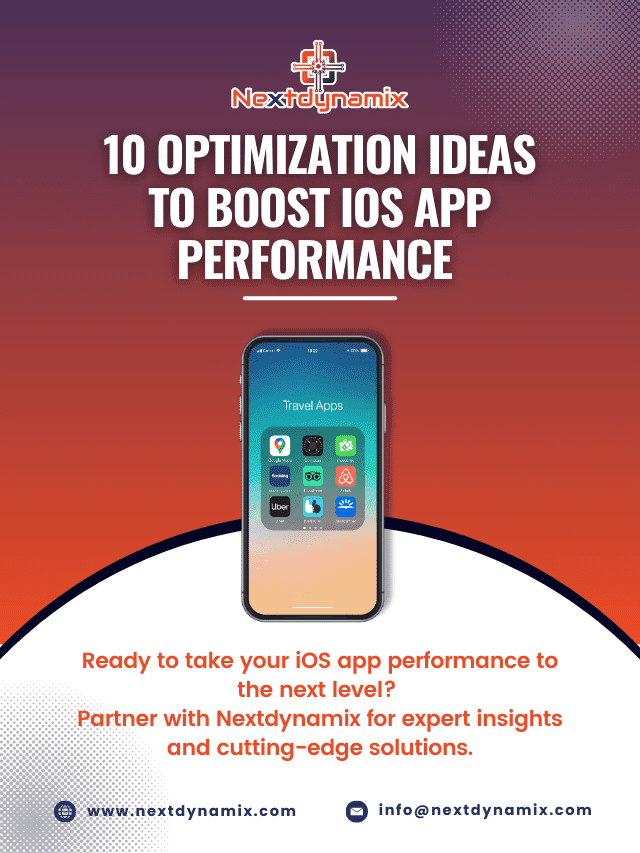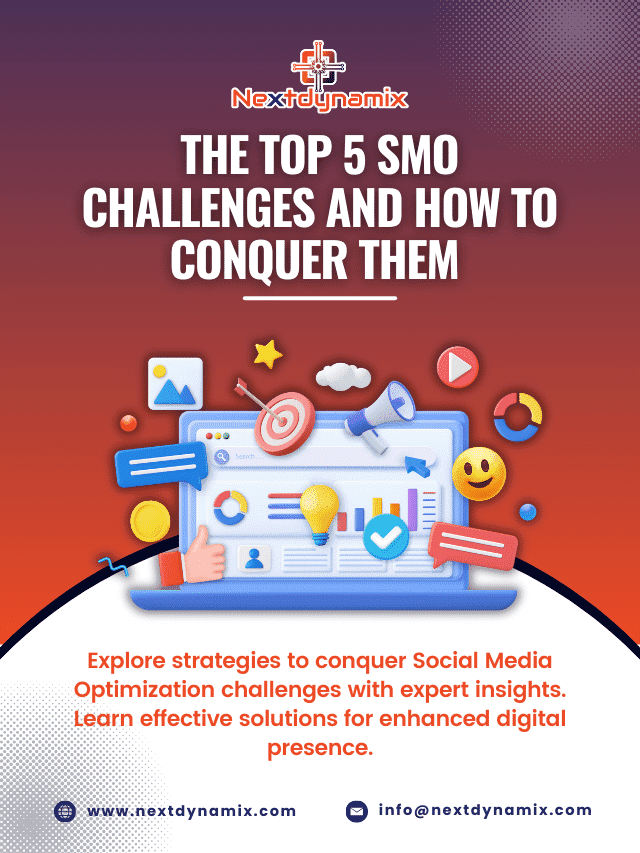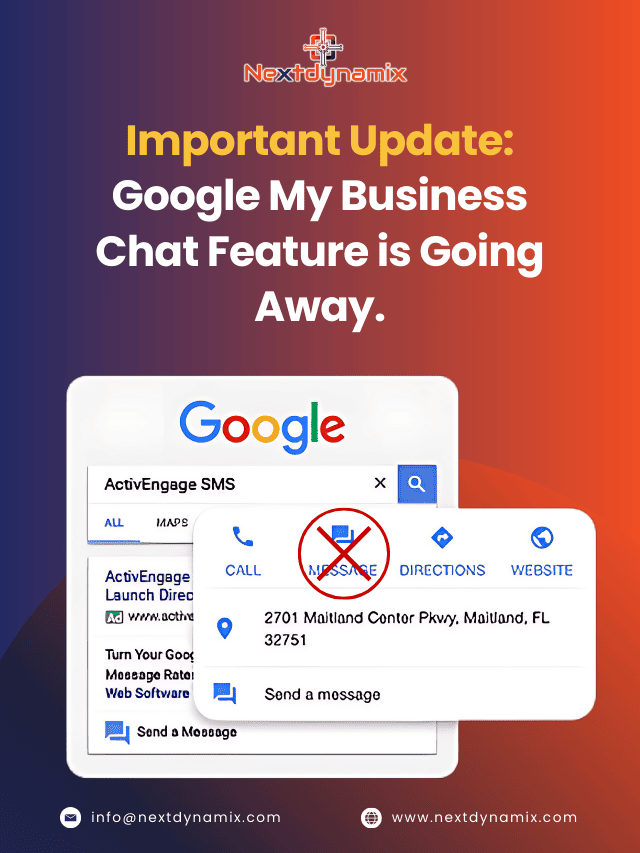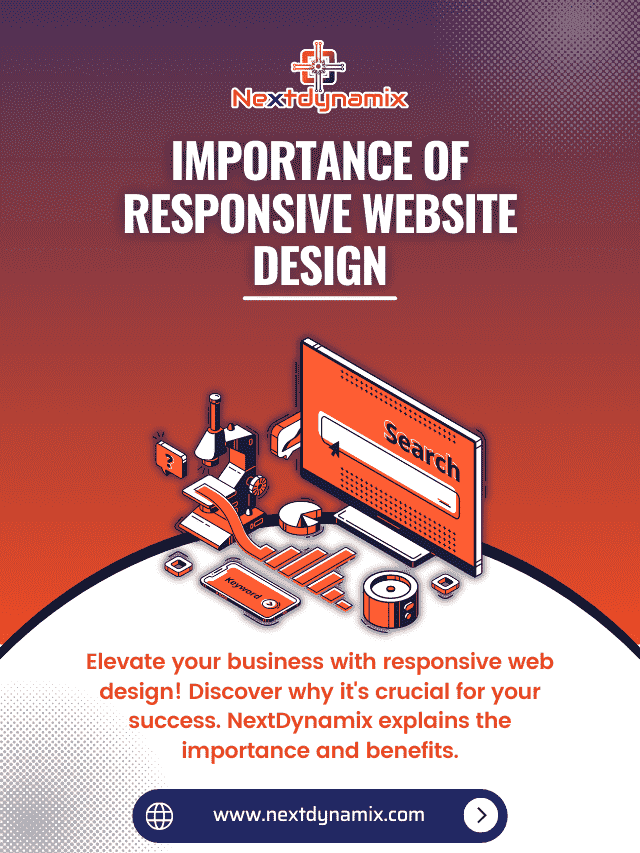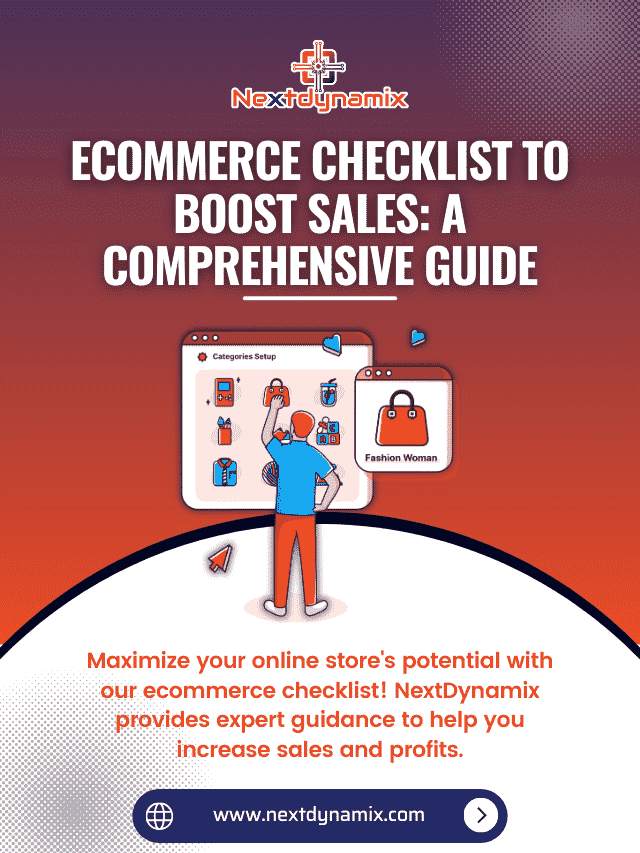Inbox Invasion: How to Tackle Email Marketing Challenges Head-On
Email marketing has long been a cornerstone of digital marketing strategies. It’s a powerful tool that allows businesses to connect with their audience, promote products or services, and build brand loyalty. However, in today’s digital landscape, email marketing faces numerous challenges that can feel like an invasion of your audience’s inbox.
So, in this blog post, we will explore these challenges and provide actionable strategies to tackle them head-on, ensuring your email marketing campaigns remain effective and relevant.
The Email Marketing Landscape
Before we dive into the challenges, it’s essential to understand the email marketing landscape in the context of today’s digital world.
The Proliferation of Email!
Email is more prevalent than ever.
With nearly half of the world’s population using email, it’s a channel that simply cannot be ignored.
Evolving Consumer Expectations
Consumers’ expectations have evolved over the years. They now demand personalized, relevant content that adds value to their lives. They expect businesses to know their preferences and respect their time.
The Rise of Mobile
Mobile devices have become the primary platform for checking email. As of 2021, 3.9 billion people used email on mobile devices. It means you must optimize your email campaigns for mobile to reach your audience effectively.
Regulatory Compliance
Email marketing is subject to various regulations, including the General Data Protection Regulation (GDPR) and the CAN-SPAM Act. Non-compliance can result in hefty fines and a damaged reputation.
Now that we have a better understanding of the email marketing landscape. Let’s delve into the challenges email marketers face and how to overcome them.
Challenge 1: Deliverability Issues
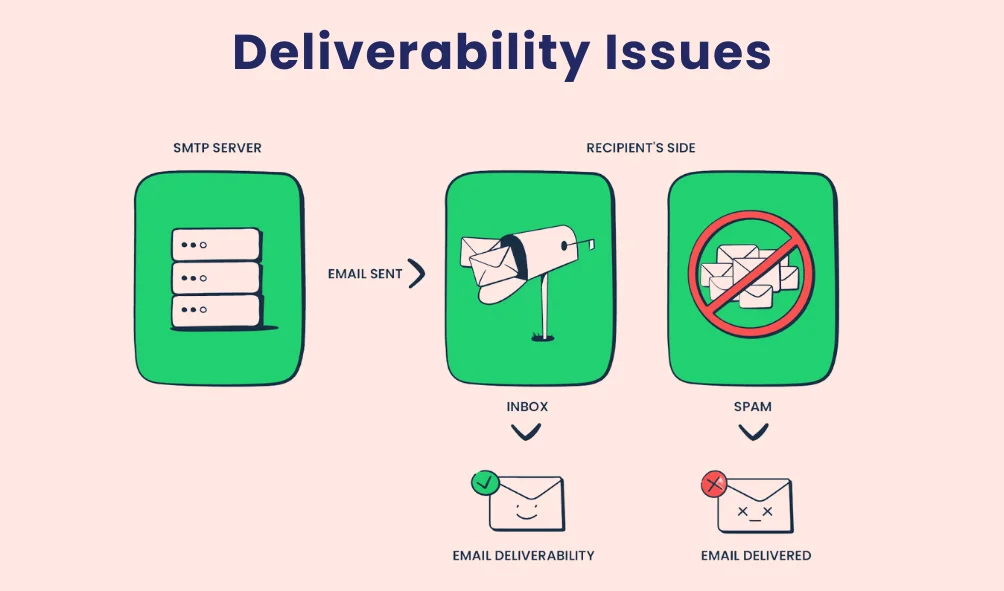
The Challenge
Deliverability is the most fundamental challenge in email marketing. You can craft email campaigns meticulously, but if they don’t land in the recipient’s inbox, they’re useless. Deliverability issues include emails being marked as spam, sent to the promotions tab, or not delivered at all.
How to Tackle It
- Maintain a Clean Email List: Regularly clean your email list to remove inactive or invalid email addresses. It ensures that your emails are reaching engaged recipients.
- Authenticate Your Emails: Implement email authentication protocols like SPF (Sender Policy Framework) and DKIM (DomainKeys Identified Mail) to prove that your emails are legitimate and not spoofed.
- Avoid Spam Triggers: Craft your email content carefully to avoid spam triggers, such as excessive use of capital letters, excessive exclamation points, and misleading subject lines.
- Test Before Sending: Use email testing tools to check your email’s deliverability and appearance in different email clients and devices.
- Monitor Your Sender Reputation: Keep an eye on your sender reputation, which is a score that ISPs use to determine whether your emails should be delivered. Maintain a good sender reputation by sending relevant, valuable content and promptly addressing any spam complaints.
Challenge 2: Overcoming the Promotions Tab
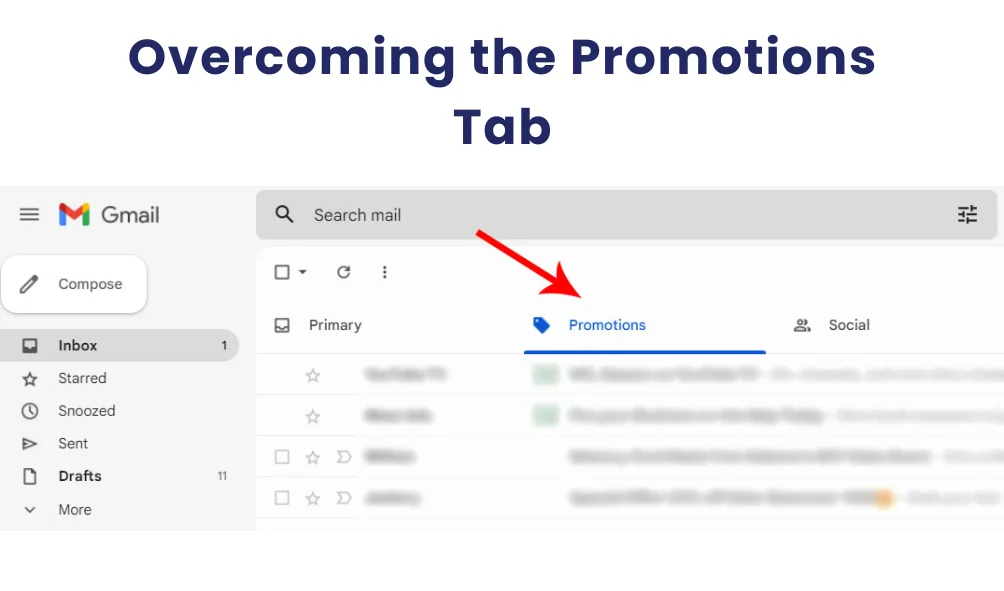
The Challenge
In recent years, many email providers, including Gmail, have introduced tabs like “Promotions” that automatically filter marketing emails out of the main inbox. It makes it challenging for marketers to get their messages noticed.
How to Tackle It
- Create Engaging Subject Lines: Craft compelling subject lines that pique curiosity and encourage recipients to open their emails. Avoid using all caps or excessive punctuation, as these can trigger spam filters.
- Segment Your Email List: Segment your email list based on recipient behavior and preferences. Send targeted content that is more likely to land in the primary inbox.
- Leverage Personalization: Use the recipient’s names and personalize the email content based on their past interactions and preferences.
- Timing Is Everything: Send emails at the times when your target audience is most likely to check their inboxes. Use email analytics to determine the best times for your specific audience.
- Engage and Build Trust: Focus on building a relationship with your subscribers rather than bombarding them with promotions. Encourage engagement by asking for feedback or providing valuable content that educates or entertains.
Challenge 3: Crafting Relevant Content

The Challenge
Relevance is key to a successful email marketing campaign. Sending generic, irrelevant content can lead to high unsubscribe rates and disengaged subscribers.
How to Tackle It
- Know Your Audience: Conduct thorough audience research to understand their needs, preferences, and pain points. Create buyer personas to guide your content creation.
- Segmentation: As mentioned earlier, segment your email list based on demographics, behavior, and interests. It allows you to tailor content to specific groups.
- Personalization: Use data to personalize your emails. Address recipients by their first name, recommend products based on past purchases, and send personalized offers.
- A/B Testing: Continuously A/B tests your email content to determine what resonates best with your audience. Test subject lines, email copy, images, and calls to action.
- Content Quality: Ensure your content is valuable, informative, and well-written. Provide solutions to your audience’s problems and showcase the benefits of your products or services.
Challenge 4: Mobile Optimization
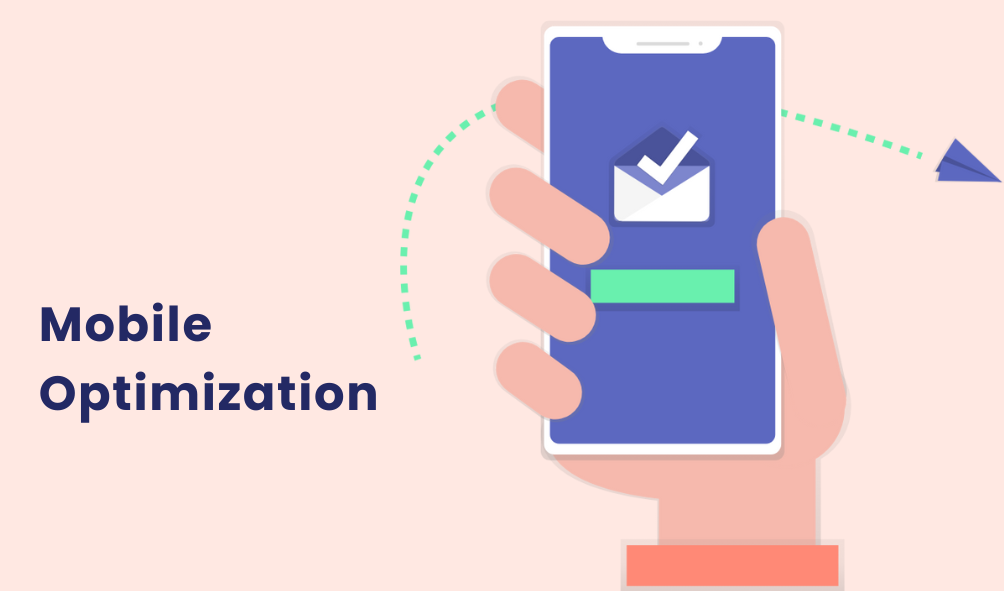
The Challenge
With the majority of emails occurring on mobile devices, it’s crucial to ensure that your emails are mobile-friendly. Neglecting mobile optimization can lead to a frustrating user experience and decreased engagement.
How to Tackle It
- Responsive Design: Use responsive email design that adapts to different screen sizes and orientations. It ensures that your emails look good and are easy to read on all devices.
- Mobile-First Approach: Design your emails with mobile users in mind from the start. Test them on mobile devices before sending them to ensure they render correctly.
- Readable Fonts: Choose legible fonts and font sizes that are easy to read on smaller screens. Aim for a font size of at least 14-16 pixels for body text.
- Clear Call to Action (CTA): Place your CTAs prominently and ensure they are easily tapable on mobile screens. Use large, contrasting buttons that stand out.
- Minimize Load Times: Optimize images and use efficient coding to reduce email load times on mobile devices. Slow-loading emails can lead to high bounce rates.
Challenge 5: Compliance with Regulations
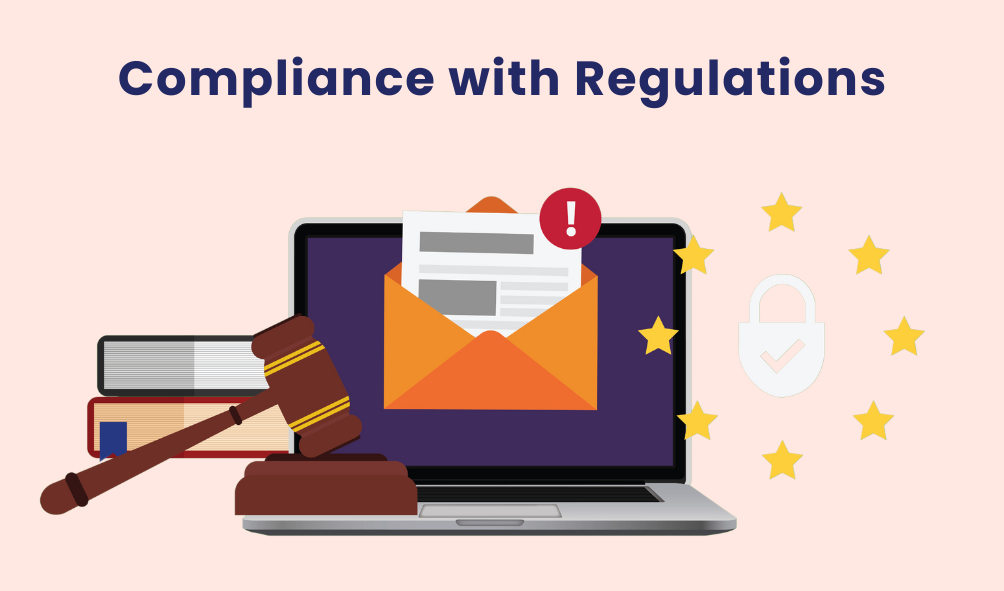
The Challenge
Email marketing is subject to various regulations designed to protect consumer privacy and prevent spam. Non-compliance can result in legal consequences and damage to your brand’s reputation.
How to Tackle It
- Understanding Regulations: Familiarize yourself with the relevant email marketing regulations, such as GDPR and CAN-SPAM. Stay updated on any changes to these regulations.
- Permission-Based Marketing: Only send emails to individuals who have opted explicitly in to receive communications from you. Implement a double opt-in process to ensure consent.
- Provide an Unsubscribe Option: Include a clear and easy-to-find unsubscribe option in every email. Honor unsubscribes requests promptly.
- Data Protection: Safeguard subscriber data by implementing robust data protection measures. Store data securely and ensure it’s used only for the purposes of given consent.
- Regular Audits: Periodically audit your email marketing practices ensuring ongoing compliance. Seek legal counsel if you have any doubts about compliance issues.
Challenge 6: Email Automation
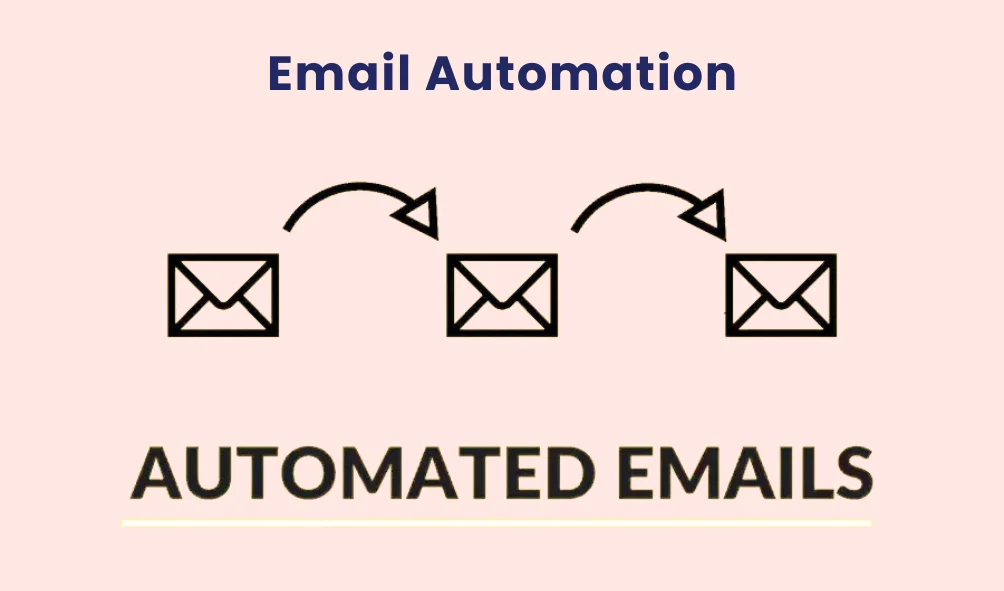
The Challenge
While automation can significantly improve the efficiency of your email marketing, it can also lead to impersonal and robotic communication if not executed correctly.
How to Tackle It
- Segmented Automation: Use automation to send targeted, personalized emails based on recipient behavior and preferences. Avoid sending generic, one-size-fits-all messages.
- Drip Campaigns: Set up drip campaigns that nurture leads over time. Provide valuable content at each stage of the customer journey to guide them toward conversion.
- Behavioral Triggers: Implement behavioral triggers, such as abandoned cart emails or post-purchase follow-ups, to send timely and relevant messages.
- A/B Test Automation: Continuously A/B test your automated emails to refine their effectiveness. Test different content, timing, and messaging strategies.
- Human Touch: Incorporate a human touch into your automated emails. Use a conversational tone and sign emails with a real person’s name and contact information for questions or concerns.
Challenge 7: Measuring and Improving ROI
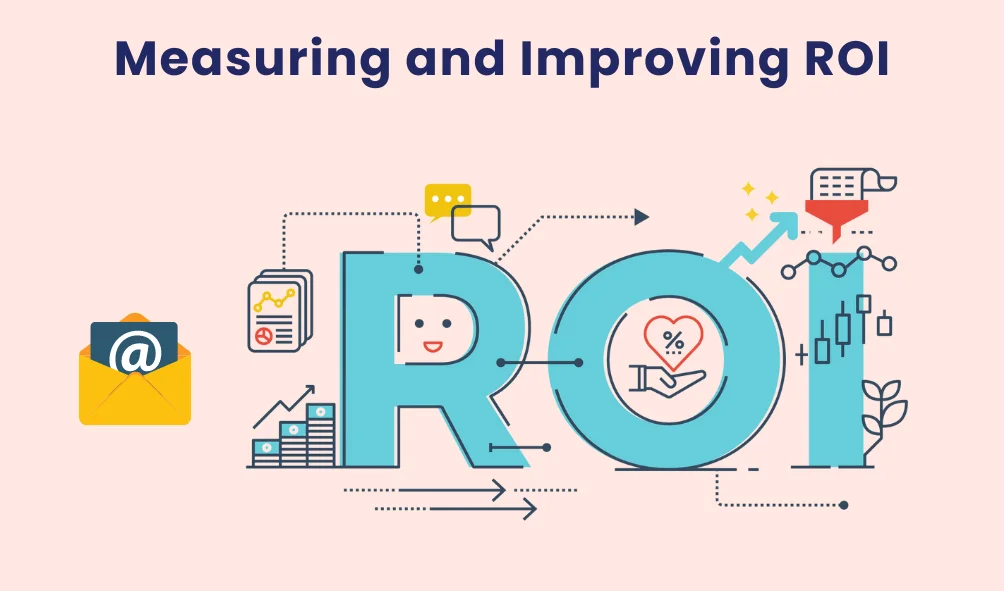
The Challenge
Measuring the return on investment (ROI) of email marketing can be challenging. Many marketers struggle to attribute conversions directly to email campaigns.
How to Tackle It
- Set Clear Goals: Define clear and measurable goals for your email marketing campaigns. Whether it’s driving website traffic, increasing sales, or boosting customer retention, having specific objectives will help you measure ROI effectively.
- Use Tracking and Analytics: Implement tracking codes and analytics tools to monitor email performance. Track open rates, click-through rates, conversion rates, and revenue generated from email campaigns.
- Attribution Models: Use attribution models to understand how email contributes to conversions across different touchpoints. Multi-touch attribution models can provide a more accurate picture of email’s impact.
- Customer Lifetime Value (CLV): Consider the long-term value of customers acquired through email marketing. Calculate CLV to understand the true ROI of your campaigns.
- Continuous Optimization: Continuously optimize your email marketing strategies based on performance data. Experiment with different tactics and closely monitor the results to improve ROI over time.
Conclusion
Email marketing may face numerous challenges in today’s digital landscape. But with the right strategies and a commitment to delivering value to your subscribers, you can overcome these obstacles. If you still face any issues, we are always here to help. We have experienced and expert digital marketers who can offer you the best services for social media, paid ads, email marketing, Search engine optimization, and more. Reach out to us now to get the best digital marketing services for your problems.
At Nextdynamix, We Have Pros and Peers for More Insights!
Connect with our professional web and app specialists to achieve impeccable development and seamless execution. Allow us to comprehend your industry obstacles and deliver efficient solutions, unlocking your business potential.
Contact us today for further information
